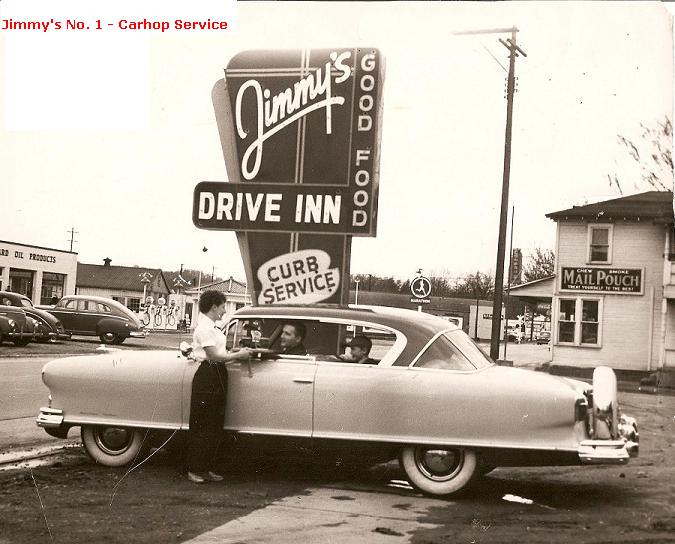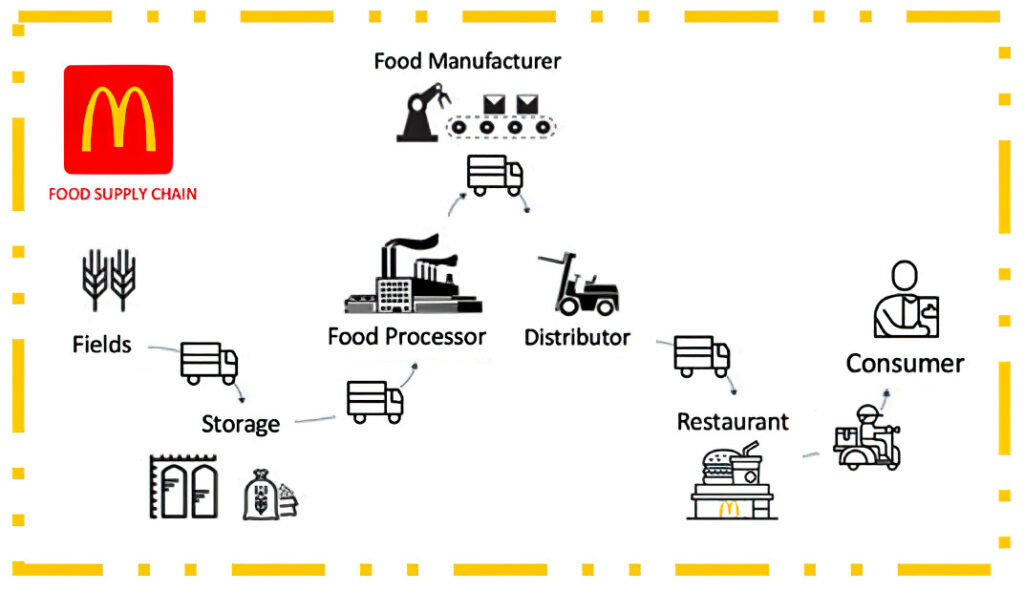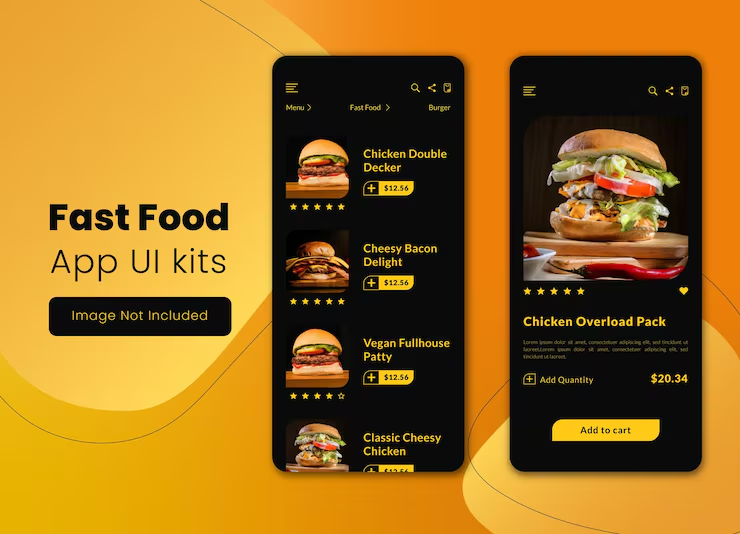Introduction
Fast food is a cornerstone of modern life, offering quick, affordable meals that cater to busy lifestyles. From global giants like McDonald’s to local food trucks, fast food has transformed how we eat, work, and socialize. Its rise reflects societal shifts toward urbanization, time scarcity, and technological innovation, but it also sparks debates over health, sustainability, and labor practices. This article delves into the history, cultural impact, health implications, economic influence, environmental footprint, technological advancements, and future trends of fast food, providing a nuanced look at an industry that feeds billions annually.
The Origins of Fast Food
The concept of fast food predates modern restaurants. In ancient Rome, street vendors sold ready-to-eat flatbreads and stews to urban dwellers. Medieval European markets offered pies and roasted meats for quick consumption. However, the modern fast food industry emerged in the United States during the 20th century, driven by cultural and technological changes.
The turning point came in 1948 when Richard and Maurice McDonald revamped their San Bernardino, California, restaurant to prioritize speed, affordability, and simplicity. Their “Speeded Service System” used a production-line model inspired by Henry Ford, streamlining operations to serve customers in minutes. Ray Kroc, a milkshake machine salesman, saw the potential and franchised the McDonald’s brand, launching its global expansion. By the 1960s, competitors like Burger King, KFC, and Taco Bell emerged, cementing fast food place in American life.

The Cultural Significance of Fast Food
Fast food is more than a meal; it’s a cultural phenomenon that reflects societal values and shapes global trends.
A Symbol of Convenience
Fast food thrives on its ability to deliver meals quickly. Drive-thrums, mobile apps, and 24/7 locations cater to people juggling work, family, and social commitments. As dual-income households and urban lifestyles became the norm, fast food filled a gap for those with little time to cook. According to a 2024 survey, 60% of Americans eat fast food at least once a week, driven by convenience.
Globalization and Localization
Fast food chains have spread American culture worldwide, with McDonald’s operating over 40,000 locations in more than 100 countries as of 2025 (McDonald Global Presence). Yet, these chains adapt to local tastes. In India, McDonald serves the McAdoo Tikka, a vegetarian burger with a spiced potato patty. In Japan, KFC Christmas campaign has made fried chicken a holiday staple (KFC Japan). This balance of standardization and customization highlights fast food’s global reach and cultural flexibilityhttps://tastetrove.net/.
The Health Debate
Fast food’s convenience comes with health concerns, fueling debates about its role in public health crises.
Nutritional Challenges
Fast food is often high in calories, sodium, sugar, and saturated fats. A typical meal—a burger, fries, and soda—can exceed 1,200 calories, nearly half the daily recommended intake for an average adult (CDC Nutrition Guidelines). The World Health Organization notes that global obesity has tripled since 1975, with fast food frequently cited as a contributor. Highly processed ingredients and large portion sizes exacerbate these issues.
Industry Responses
In response, chains have introduced healthier options. Subway promotes fresh ingredients, while Chipotle emphasizes “food with integrity” (Chipotle Mission). McDonald’s offers salads, grilled items, and apple slices, but these often cost more than value-menu items, limiting accessibility for lower-income consumers. Critics argue that marketing healthier options is superficial when indulgent items dominate sales.
Consumer Responsibility and Systemic Factors
The health debate often centers on personal responsibility versus systemic issues. Nutritional labeling and calorie counts on menus aim to inform consumers, but their impact is limited. In food deserts—areas with limited access to grocery stores—fast food is often the only affordable option, constraining choice. Education campaigns and policy interventions, like soda taxes, seek to address these challenges, but their effectiveness varies.
Economic Impact
The fast food industry is an economic juggernaut, generating over $300 billion annually in the U.S. alone and employing millions worldwide.
Job Creation
Fast food provides entry-level jobs for approximately 4 million Americans, particularly young workers and those without advanced education (U.S. Bureau of Labor Statistics). Chains like McDonald’s and Starbucks are common first jobs, offering flexible hours but often low wages and minimal benefits. Labor advocacy has led to progress, such as California’s $20 minimum wage for fast food workers in 2024, though challenges like high turnover persist.
Supply Chain and Agriculture
Fast food drives demand for agricultural products. McDonald’s is one of the world’s largest buyers of beef and potatoes, influencing commodity prices and farming practices (McDonald’s Supply Chain). This scale enables efficiencies but raises concerns about monoculture farming and environmental degradation.

Franchising and Entrepreneurship
The franchise model has fueled fast food’s growth, allowing entrepreneurs to operate under established brands. Franchisees benefit from brand recognition but face high fees and corporate oversight. Disputes over costs, menu changes, and labor policies highlight tensions between franchisees and parent companies.
Environmental Footprint
Waste and Packaging
Single-use plastics, paper wrappers, and Styrofoam contribute to landfill waste and ocean pollution. Starbucks has pledged to make all packaging reusable, recyclable, or compostable by 2030, but industry-wide progress is slow (Starbucks Sustainability). Consumer demand for convenience often outpaces sustainable practices.
Carbon Emissions
The industry’s reliance on beef generates significant greenhouse gas emissions, with livestock farming accounting for 14.5% of global emissions (FAO Livestock Report). Plant-based options like Burger King’s Impossible Whopper aim to reduce this footprint, but meat-heavy menus remain dominant.
Sustainability Initiatives
Some chains are embracing sustainability. Wendy’s has invested in regenerative agriculture, and Yum! Brands (KFC, Taco Bell, Pizza Hut) has set emission reduction goals (Yum! Sustainability). However, high costs and consumer preferences for cheap meat limit progress.
Technological Innovations
Technology has revolutionized fast food, enhancing efficiency and customer experience.
Digital Ordering and Delivery
Mobile apps, kiosks, and delivery platforms like Uber Eats have transformed ordering. During the COVID-19 pandemic, drive-thrush and contactless delivery became critical. In 2025, digital sales account for over 40% of fast food revenue, with Domino’s reporting 75% of orders placed online (Domino’s Investor Report).

Automation
Automation is reshaping operations. Robotic fryers, automated drink dispensers, and AI-driven inventory systems reduce labor costs. Some McDonald’s locations test fully automated drive-thrush, though high costs and customer preference for human interaction limit adoption.
Data and Personalization
Chains use data to personalize offerings. Starbucks’ app suggests drinks based on past orders, boosting retention (Starbucks Rewards). However, data privacy concerns grow as chains collect vast consumer information.
The Future of Fast Food
As societal priorities evolve, fast food is adapting to new demands.
Health and Sustainability
Consumer interest in health and sustainability is driving innovation. Plant-based and lab-grown meats are gaining traction, with KFC testing “Beyond Fried Chicken” (KFC Innovation). Eco-conscious brands like Sweetgreen challenge traditional fast food by prioritizing local, organic ingredients.
Ghost Kitchens and Virtual Brands
Ghost kitchens—delivery-only restaurants—have surged, allowing chains to test new concepts without physical storefronts. Virtual brands like MrBeast Burger leverage social media influencers to drive demand (MrBeast Burger).
Global Expansion
Emerging markets like Africa and Southeast Asia offer growth opportunities as urbanization accelerates. However, local cuisines and regulatory hurdles pose challenges.
Labor and Automation
The push for better wages and working conditions will shape the industry. Automation may offset costs but risks displacing workers, raising ethical concerns. Balancing profitability with fair labor practices remains a challenge.